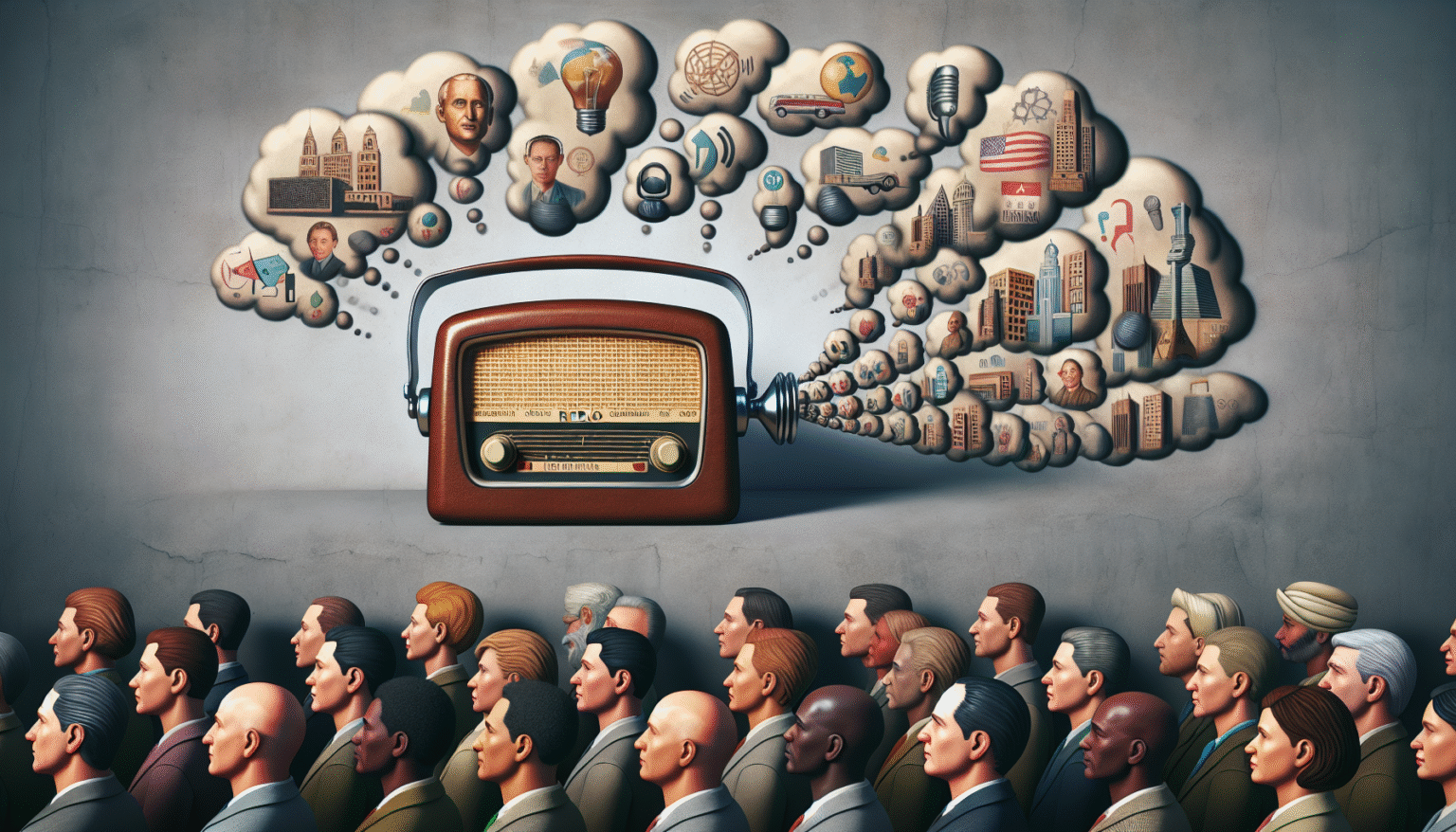The Role of Media in Influencing Political Opinions
1. Historical Background of Media’s Influence
The influence of media on political opinions can be traced back to the printing press and pamphlets during the Enlightenment period. Fast forward to the 20th century, radio and television became powerful tools for shaping public perception. The evolution of the internet has only intensified these influences, raising new questions about media’s role in a democratic society.
2. Types of Media
Media can be broadly categorized into traditional media (newspapers, television, and radio) and digital media (social media platforms, blogs, and online news sites). Each type plays a distinct role in the political landscape:
-
Traditional Media: Historically, newspapers and broadcasters have been the primary sources for political information. They are generally perceived as more credible due to established journalistic standards, yet they have faced declines in viewership and readership in the digital age.
-
Digital Media: Platforms like Facebook, Twitter, and Instagram allow for rapid dissemination of information. They facilitate grassroots mobilization and enable individuals to engage in political discourse directly. However, the lack of regulation can lead to the spread of misinformation.
3. Media Framing
Media framing refers to the way information is presented to emphasize certain aspects over others. This technique can significantly shape political opinions by influencing how events are perceived. For example, the framing of immigration as a “crisis” can invoke fear and lead to support for restrictive policies, while framing it as a “humanitarian issue” might encourage empathy and a more lenient approach.
4. Agenda-Setting Theory
The agenda-setting theory posits that the media doesn’t just inform the public but also shapes what people think about. By choosing which stories to cover and how much attention to give them, media organizations can influence the importance placed on various political issues. For instance, extensive coverage of climate change can elevate its status as a priority among voters.
5. The Role of Social Media
Social media has transformed the political landscape by allowing users to share information instantaneously. It has democratized discourse, permitting a broader array of voices and opinions to surface. Yet, this democratization comes with challenges, including the proliferation of echo chambers. Algorithms tend to create information bubbles, where users are exposed primarily to views that align with their own.
- Misinformation and Fake News: The spread of misinformation on social media, especially during election cycles, can significantly affect public opinion. Research indicates that fake news stories often gain more traction than factual reporting, leading to distorted perceptions of political candidates and issues.
6. The Impact of Influencers
The rise of social media influencers has created a new dimension in political opinion formation. These individuals have large followings and can sway public opinion significantly. Influencers leverage their platforms to promote political agendas, mobilize voters, or even discredit opponents. This direct engagement can be potent, especially among younger demographics less likely to trust traditional media outlets.
7. Trust and Credibility
Public trust in media is crucial for political influence. A decline in trust—especially in traditional outlets—can lead people to seek information from alternative sources, often with less rigorous standards. Surveys indicate that as audience trust erodes, so does a media outlet’s ability to influence political opinions effectively.
- The Role of Fact-Checking: Organizations dedicated to fact-checking have emerged to combat misinformation. They serve as resources for audiences seeking authentic information and promote accountability among politicians and media personnel.
8. Political Campaigns and Media Interaction
Political campaigns today are heavily reliant on media strategies. Candidates curate their public images through traditional and social media, often blurring the line between politics and entertainment. The ‘media circus’ during elections often overshadows substantive policy discussions and can shift public opinion more through spectacle than substance.
- Advertising Strategies: Campaigns utilize targeted advertisements influenced by data analytics to reach specific voter demographics, customizing messages that resonate most effectively at an individual level.
9. Role of Media in Activism
Media has become a powerful tool for activism, allowing movements like Black Lives Matter and climate change protests to gain traction. Viral content can mobilize masses and influence political agendas swiftly. The intertwining of activism and media platforms creates opportunities for engagement but also poses risks when actions can lead to polarization.
10. The Future of Media Influence
Advancements in technology, including artificial intelligence and blockchain, could alter how media operate and their influence on politics. The rise of deepfakes and sophisticated misinformation technologies poses challenges for credibility. As audiences become more discerning, the responsibility lies with both media outlets and consumers to cultivate informed political opinions.
11. Ethical Responsibilities
The media have ethical responsibilities to uphold, including providing accurate, balanced coverage and avoiding sensationalism. Ethical journalism strives to report on issues fairly and with context, allowing audiences to form educated opinions rather than reactive, emotion-driven responses.
12. Global Perspectives
The role of media in influencing political opinions is not confined to Western democracies. Different countries exhibit varying levels of press freedom and propaganda. In regions with state control over media, political opinions can be heavily manipulated, impacting public perception and the overall democratic process.
13. Audience Reception Theory
Audience reception theory emphasizes that individuals interpret media messages through personal lenses influenced by their experiences and beliefs. This perspective highlights that while media can influence political opinions, the effects are not uniform and can vary widely within different audiences.
14. Conclusion on Media and Political Influence
The interplay between media and political opinion is complex, characterized by an ongoing dialogue shaped by technological advancements and societal changes. Understanding this dynamic is vital for any engaged citizen, as it provides insights into how information shapes perception and political decision-making in contemporary society.






